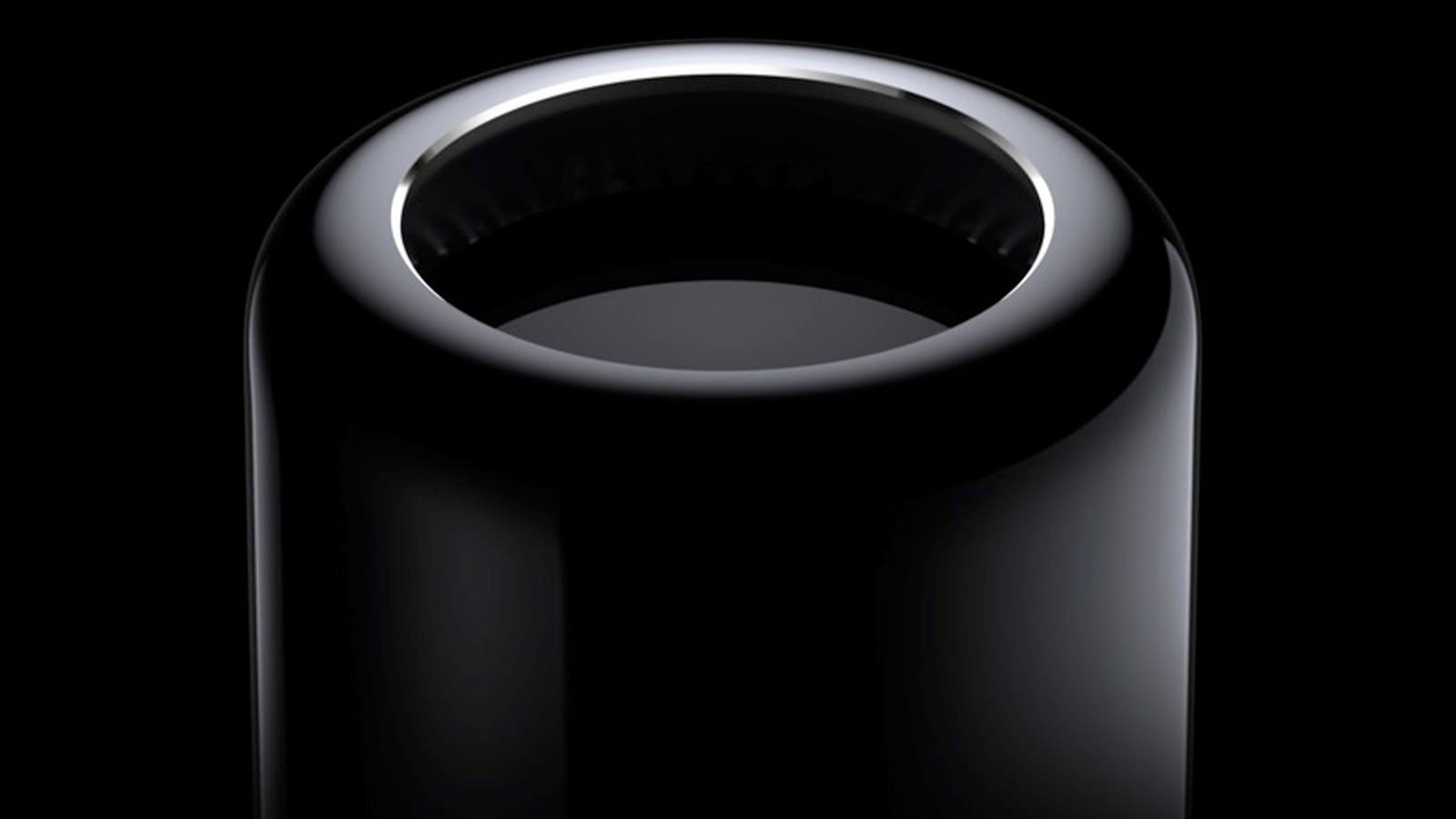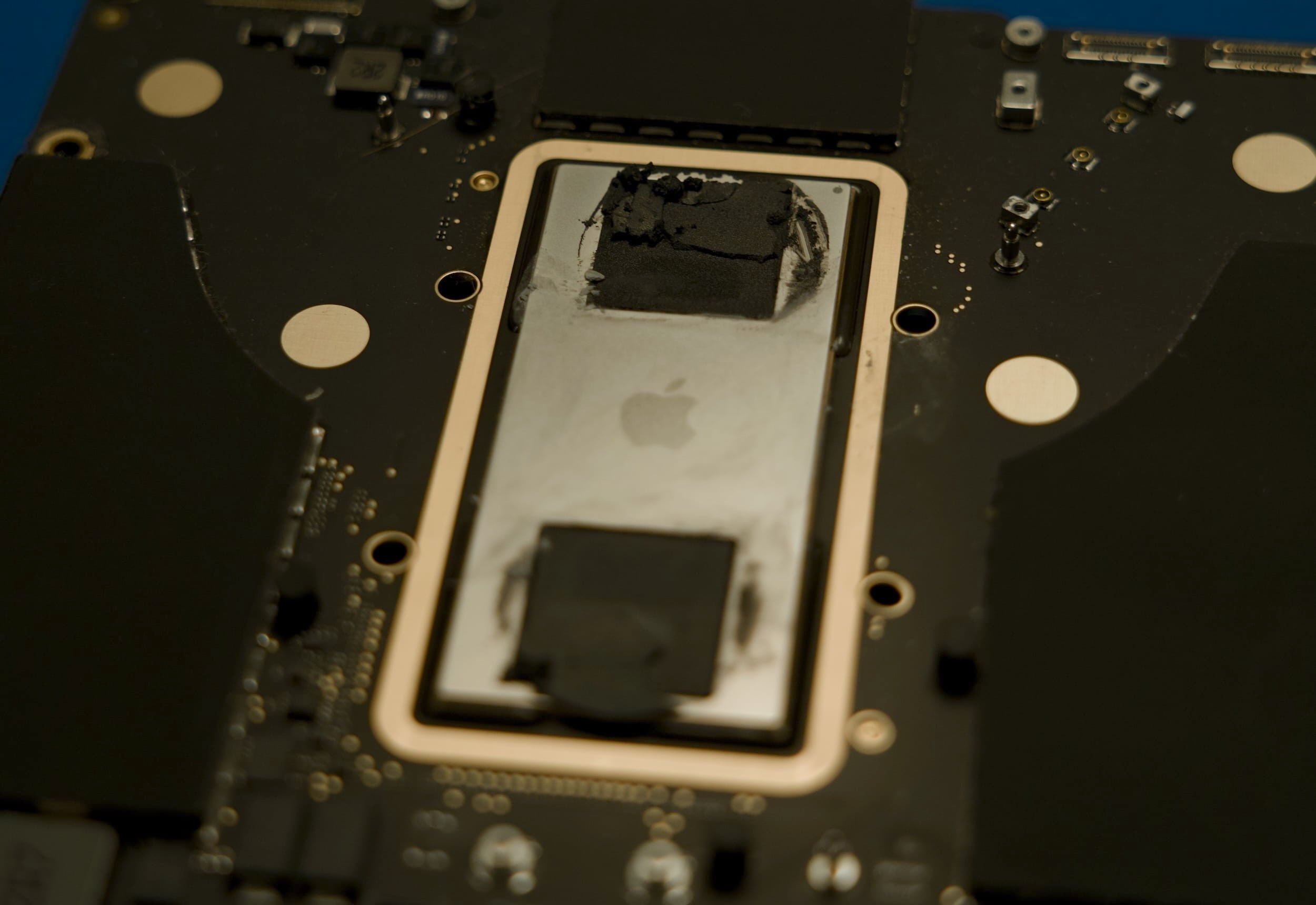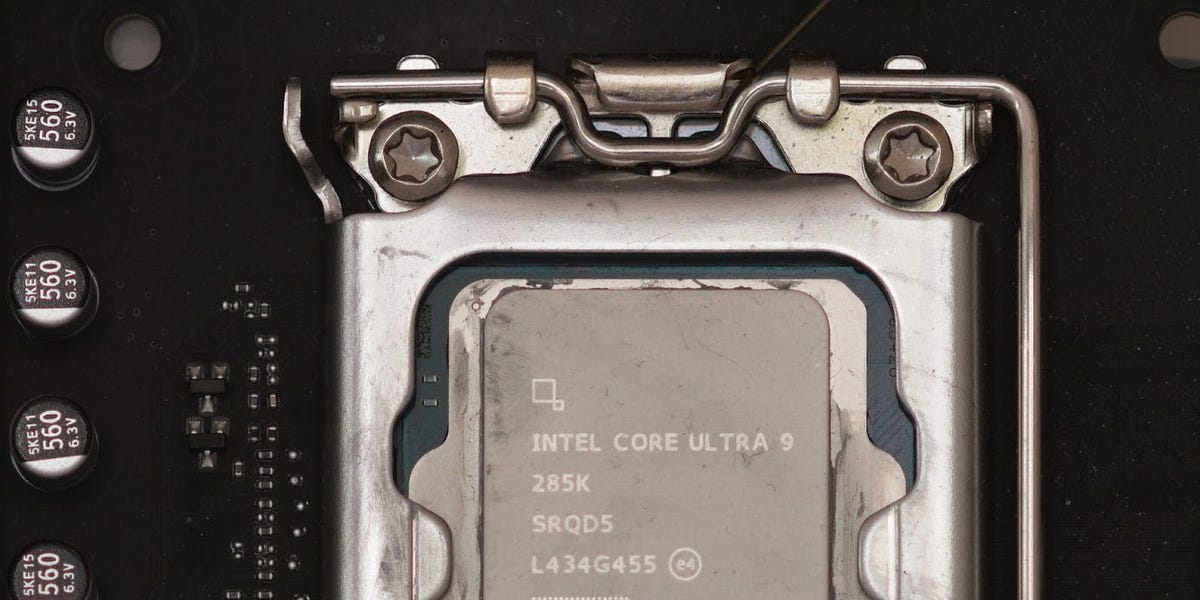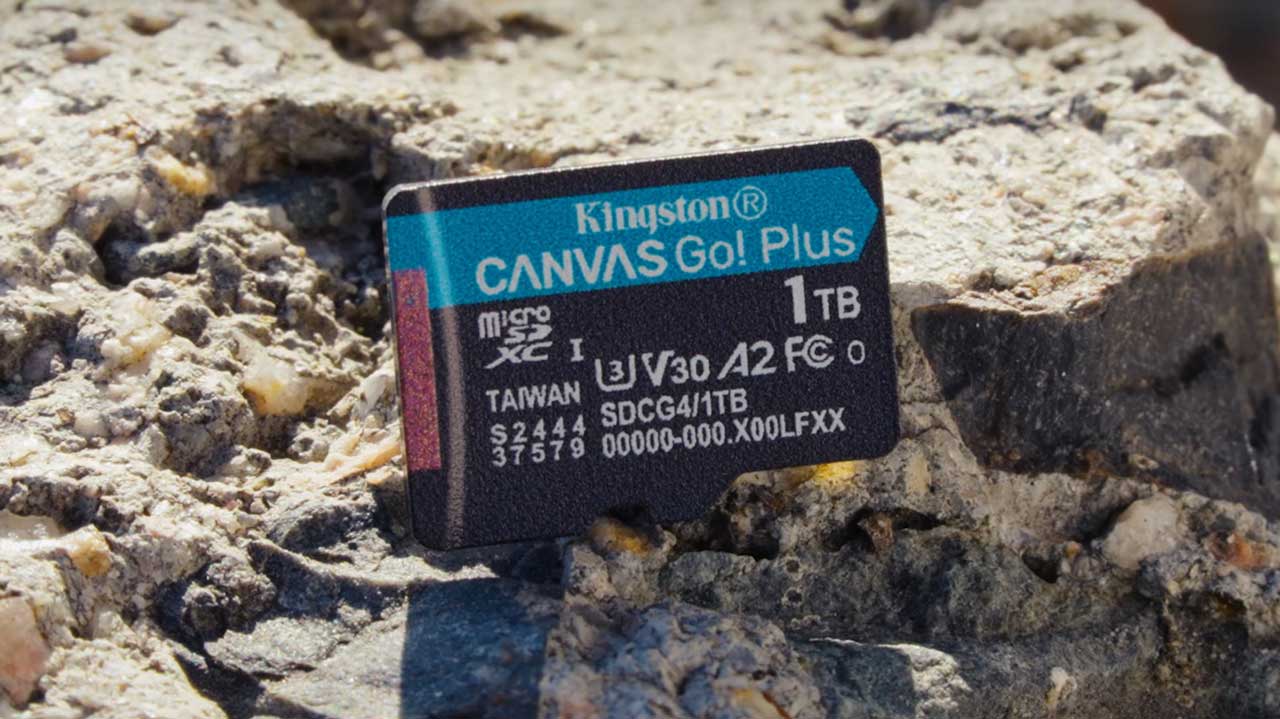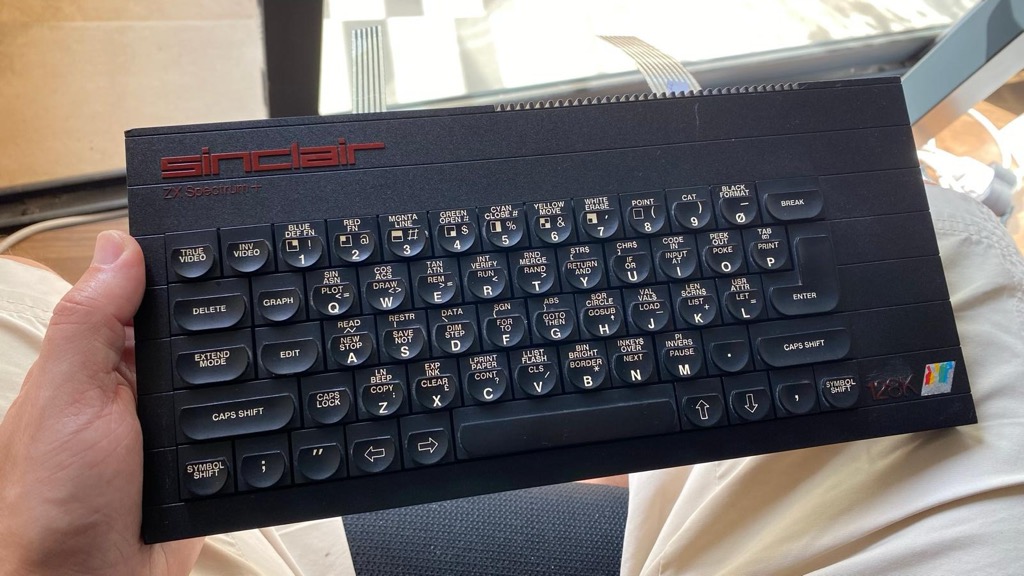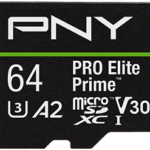The A20 Flaw in the Original Xbox: A 20-Year Retrospective

2021 marks the 20th anniversary of the original Xbox. This post revisits a significant security vulnerability: the A20 issue. This vulnerability stemmed from the "wraparound" behavior of the Intel 8088 processor when handling memory addresses, a problem addressed in the IBM PC/AT via an A20 gate on the motherboard for compatibility. However, the Xbox used a Pentium III processor with an A20 gate. Attackers could ground the A20 line, bypassing the secure boot process and booting directly from flash memory with custom code to read the Xbox's secret ROM. This vulnerability highlights the security risks of neglecting legacy issues when designing early systems.




